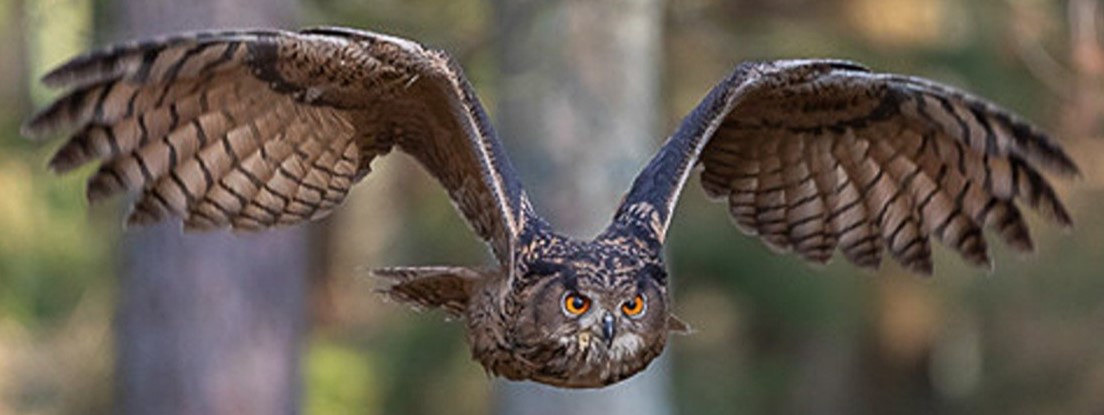From takanagaphotogallery
Blakiston's Fish Owl, Nemuro, Hokkaido, Japan.
Until the early 20th century, it was distributed throughout Hokkaido in Japan. Due to deforestation reducing the nesting trees and river improvements and the construction of sediment control dams reducing the fish population, it is now only seen in areas such as eastern Hokkaido's Shiretoko, Nemuro, Tokachi, and Hidaka.
The current number of pairs is estimated to be about 100, totaling over 200 individuals, and they are designated as being at the highest risk of extinction, listed under the critically endangered Class IA. Nearly half of these birds reside in the Shiretoko region of eastern Hokkaido, where a good natural environment is preserved.

This owl can reach a body length of about 60 to 72 centimeters (24 to 28 inches) and has a wingspan of approximately 1.9 meters (75 inches). It is also quite heavy, ranging from 2.95 to 4.6 kilograms (6.5 to 10.1 pounds).
The Ainu, the native people of Hokkaido, felt that owls watched over all living things, and therefore had great significance to their beliefs.
Kamuy, spirits from heaven, embodied themselves in animals, plants, or even objects of importance. Treating them well was rewarded by heaven. When bad times came, it was thought that it was because people had lost respect for the environment, and the spirits returning to heaven were displeased with how they were treated during their time among mankind. Only by practicing proper care of these things, would return the previous prosperity.
